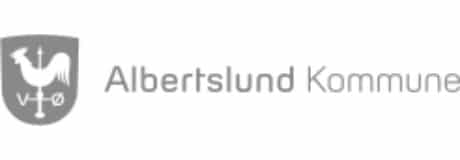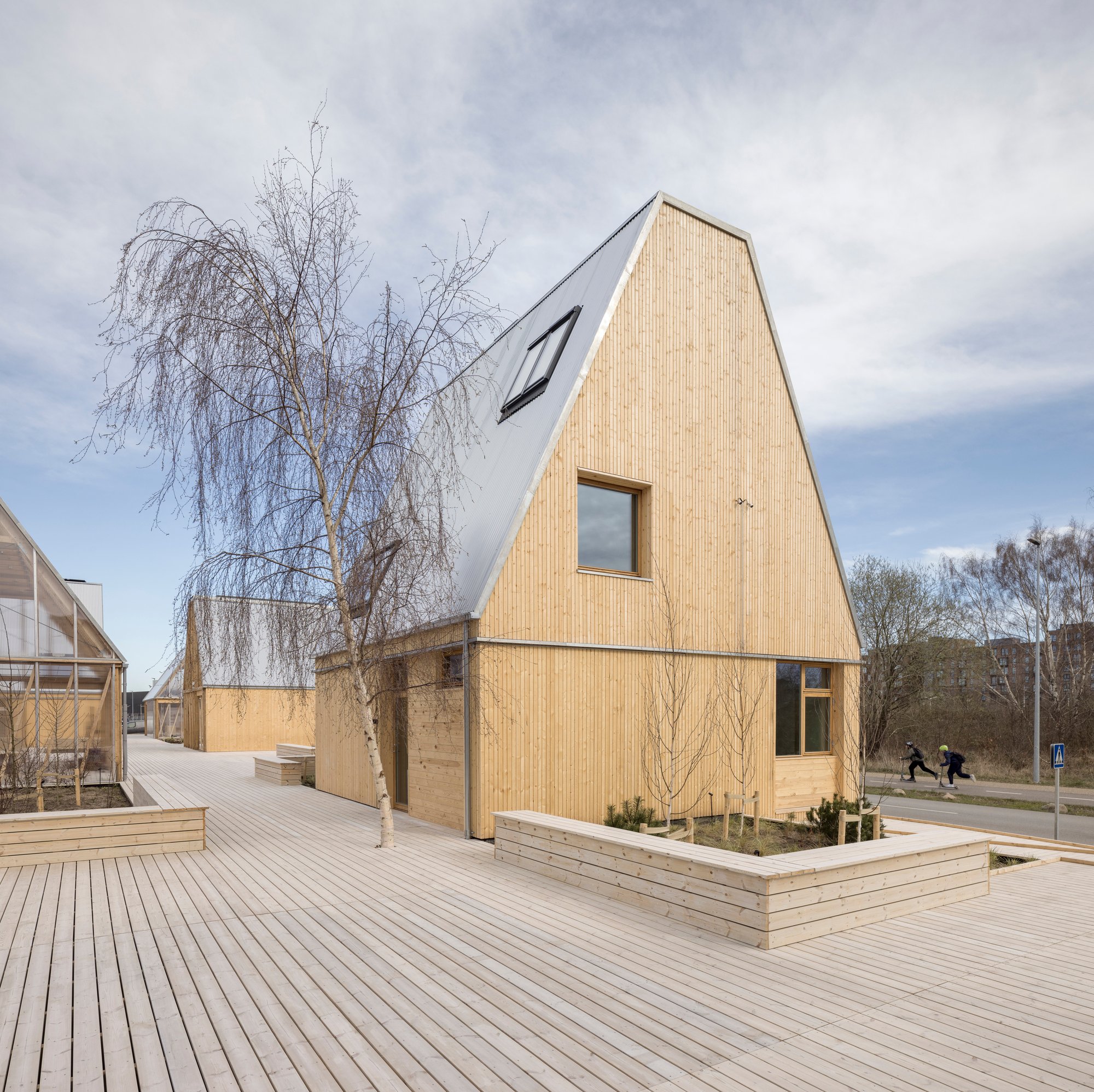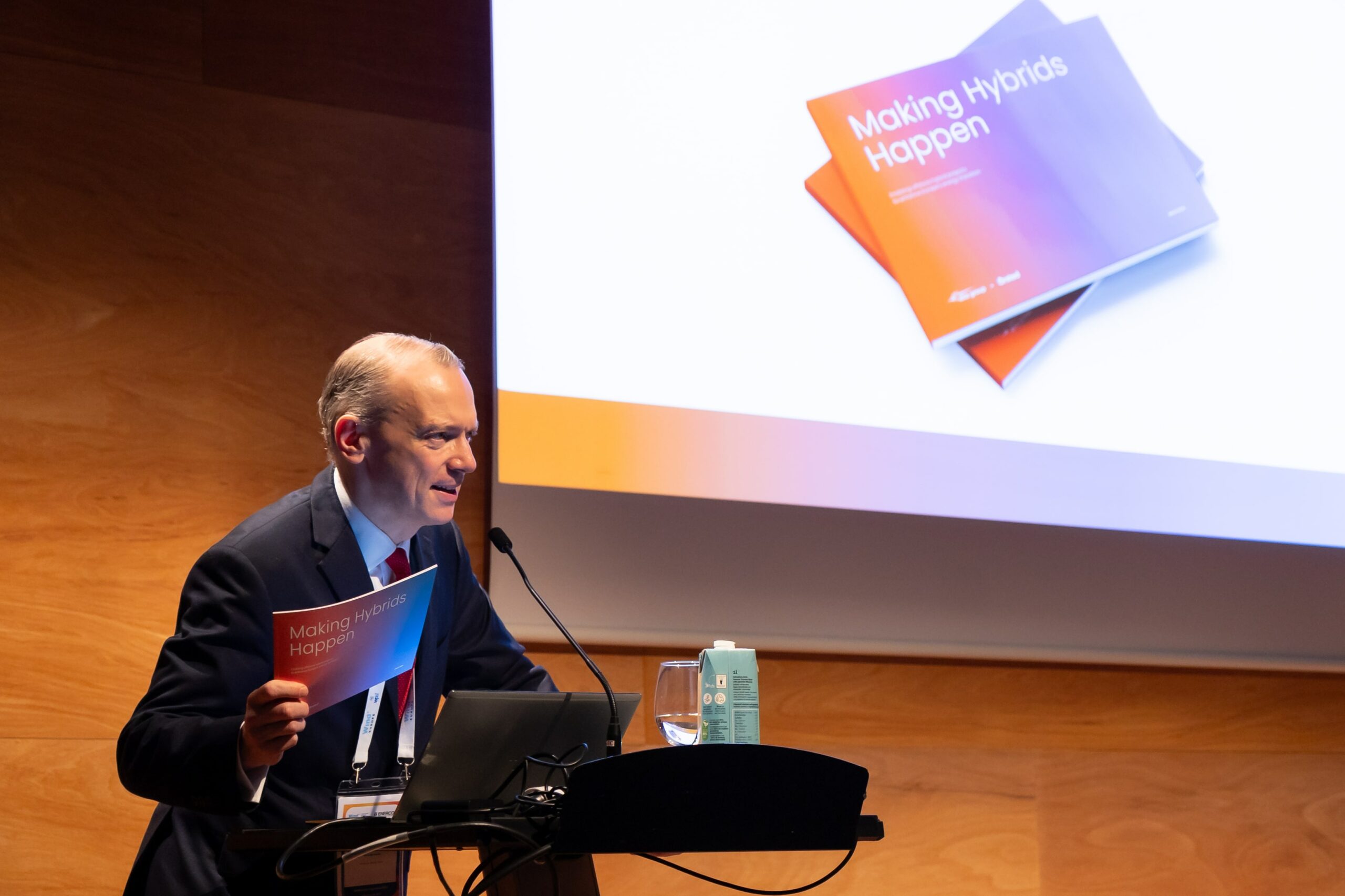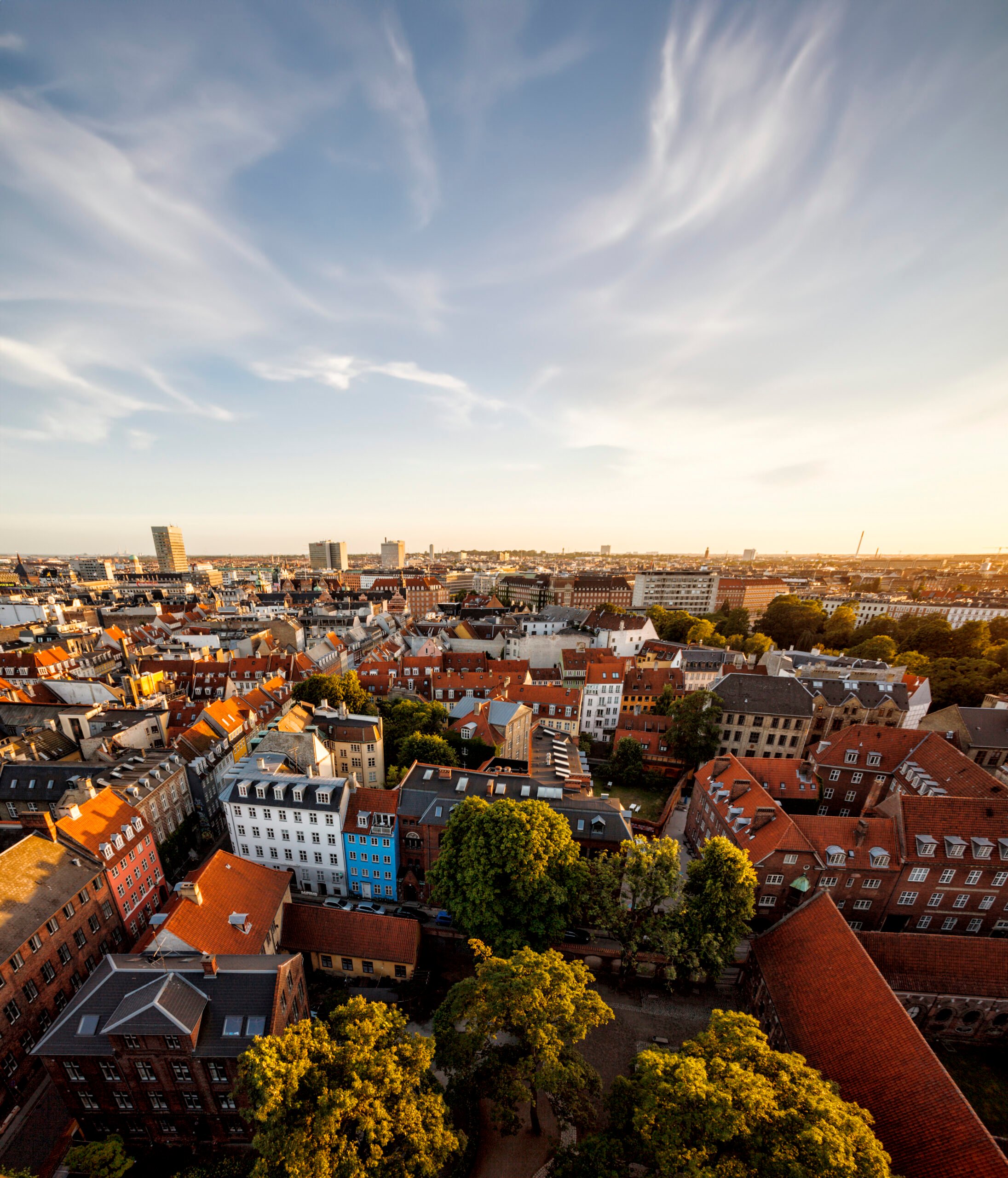News
Buildings
District energy
District heating
+5
Universal Retrofitting Solutions at Affordable Costs


The project targeted houses built in the municipality during the period 1960-1980, constructed as low-rise residential areas, aimed at delivering prefabricated solutions, which were applicable to a large number of different building types, focusing on the mass production models of the period. This method made it possible to transfer solutions, developed under the ‘Albertslund Concept’, to renovation projects all over Europe:
“The ambitions in Albertslund aims at a target, where ‘slummification’ of a worn out, thoroughly planned suburb is avoided by renewing buildings - rented and privately owned - in a rational way. This is done by making investments affordable, energy-wise, and combining individual needs for better indoor climate in every sense - with public, large-scale district heating efforts to decrease energy consumption in general as well as preparing the city for renewable low-temperature heat sources within a few decades. All this has an impact on employment and turnaround in society, as well as attracting new families to settle and contribute to the demographically balance and municipal economy,“ explains Christian Oxenvad, Energy Advisor in Albertslund Municipality.
The recognition was yet another pat on the shoulder to an already impressive line-up of awards including the Nordic Council´s Nature and Environment Prize in 2007, the Danish Town Planning Institute´s Town Planning Award in 2008, the Climate Cup Town Award in 2008, the Danish Energy Association´s ELFORSK award and the Energy Town award by Danish Ministry of Climate and Energy in 2009.
This widespread acclaim lends itself not only to the local success of the project, but perhaps more importantly to a larger picture of successfully demonstrating a local solution to a global challenge.
The jury behind the Nordic Energy Municipality competition, led by spokesperson Marie Donnelly from the EU Commission, justified its choice by underscoring how Albertslund’s project was about one of the great global issues, i.e. energy savings in existing housing, but also, that there is a great potential for industry development and green growth through productive co-operation between the local authority, housing associations and private companies.
Why renovation?
Approximately 40% of the European energy consumption comes from buildings and the building stock accounts for 68% of total gas consumption according to the European Commission. Reducing the energy consumption, CO2 emissions and dependence of foreign imports of energy can be accomplished by renovating existing buildings or by demolition and subsequently building new, energy-efficient ones.
New build is in general a more efficient and cost-effective way to achieve energy savings compared to renovation, but the rate of new build is only in the range of ½-1% of the existing building stock per year in Europe, so therefore replacing the existing building stock will take more than a century. Many private house owners and tenants do not have the necessary wealth or opportunity to new build and therefore only have the choice to renovate or not. This is why new build and renovation must go hand in hand when striving for higher energy efficiency and flexibility in buildings.
Huge energy efficiency potential in the building sector
The long-term economic potential of energy efficiency is huge in the building sector. According to IEA projections to 2035, more than 80% of the energy efficiency potential worldwide, which is economically viable, will remain untapped unless current practices and policies change. This can be due to the fact that many types of renovations are of low-interest and competing with other more high-status projects – e.g. many consumers prefer a new kitchen instead of replacing the existing windows with more energy efficient ones or installing cavity wall insulation.
How to tap the energy efficiency potential
It is a great challenge for the building sector and the politicians to break through this barrier of low interest for renovation projects. There is no easy solution to the problem but one way would be to focus on the economic transparency of renovation projects and implementing solutions such as the ones done in Albertslund.
The concept emphasizes a solution pointing at universal renovation kits and modular systems scalable to more and larger renovation projects. Instead of inventing the wheel over and over again, the building sector can benefit from repeating working procedures, which will cause less faults and lower costs. Lowering the cost and improving the access to financing for building renovation will also enable further efficiency gains to be obtained.
The municipality still receives a great deal of international interest from visitors’ all across the world, interested in tapping into Albertslund’s lessons-learned and methods of implementation, and assessing how they can be implemented in their local context. From an Albertslund perspective, the concept paves the way for future renovations in the municipality, pointing towards the ambition of becoming CO2 neutral by 2026.
A local citizen of the refurbished houses implemented under the Albertslund Concept
welcomes visitors inside to gain a first-hand experience of what the renovation has entailed.
“Ongoing refurbishment of the 60% ‘social housing’ building mass for tenants inspires the 40% owned and individually administrated buildings for the upcoming and ‘immediate’ renovations - and the local push-pull politics help end-users to acknowledge the strategy and implement actions in the climate envelope as well as installation technique. The push is the dated changeover for lower temperature by January 2026, the pull is reallocated funds, advice and nursing homeowners and housing associations - supported by a functioning end-user democracy, which helps city council politicians deciding comprehensive changes,” says Christian Oxenvad.
The future strategy also taps into areas of Smart City solutions, for instance at Albertslund’s DOLL lab - the Photonics Green Lab of Denmark - a new platform for testing innovative and intelligent lighting solutions. Serving as Europe's largest testfield, showroom and innovation hub, DOLL enables municipalities, region's and private companies to test and develop new and improved lighting solutions, creating a smooth transition from traditional light sources to intelligent and energy-efficient LED illuminates through private-public collaboration and high quality test facilities.
Another area is district heating as buildings in Albertslund have been heated by district heating since mid-1960’s. This present day heating sources are incinerated garbage/waste as well as cogenerated straw, wood pellets and natural gas bought from two big heating plants in the Copenhagen area and distributed to dwellings and businesses within Albertslund. But since spring 2015, a part of the heating supply in the city is being delivered from a server company named Jaynet, hosting other companies with cloud solutions and physical serverrack. The company used to skip all the excess heating to open air as a huge energy loss, but from May 2015, one GWh energy a year is sold to the municipal non-profit district heating company ‘Albertslund Varmeværk’ (Albertslund Heatingplant) and distributed via the existing pipe networks without further investments than an oversized heat pump. This heat pump transforms cooling from a number of server rooms to 75 degrees Celsius hot water, put to the main flow in the district heating pipes as well as heats the building itself.
As was the case for the becoming of Albertslund Concept itself, the development of the district heating setup with the server company has been a lucky public/private cooperation done on local basis. The communication has hereby been short, personal and constructive, with the non-formal Danish approach aiding at reducing barriers. As the municipality continues to implement energy-efficient projects, this will undoubtedly characterise future projects as well, ltimately leading to the achievement of becoming the CO2 neutral municipality that they are striving for.
You should consider reading
solutions
Energy efficiency in buildings
+2















